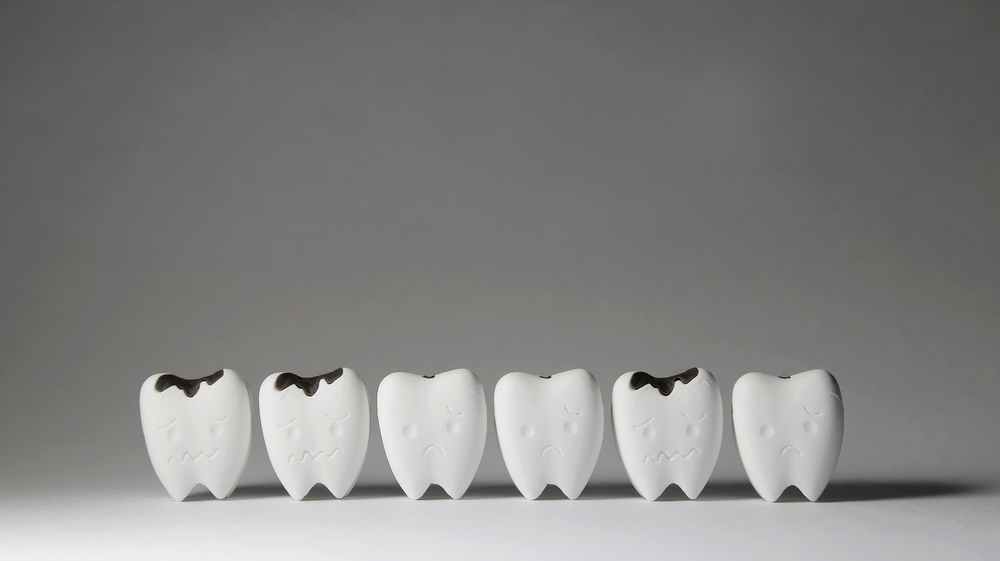Tooth decay: causes, prevention, and treatment

Cavities or tooth decay is that permanently damaged part of the hard shell of the teeth which often looks like a hole. Tooth decay is one of the most common health problems in the entire world and is more popular among kids and teenagers. This condition usually happens because of bacteria’s presence and the unhygienic state of the mouth. People who drink too many sugary drinks and do not take care of their teeth properly are also prone to tooth decay.
Cavities can happen to anybody including infants or fundamentally to everyone who has teeth. The holes can get deeper and even more painful if not treated at the right time. To prevent such conditions, everyone must properly brush and flush their teeth and get proper dental check-ups done at least two times a year. Let us know and discuss what causes tooth decay and what treatments available to get rid of them are.
Cause of tooth decay
There are several factors that collectively result in tooth decay. It is not an instant process but occurs over time. As stated, tooth decay is a process that takes place in a few steps. The foremost factor which starts and completes the factor is plaque. You may have noticed this white sticky layer over your teeth when you have had something extra sweet or starchy. One can also experience this if the teeth are not properly brushed and cleaned after eating.
Over time, this same plaque becomes the reason for cavities. When you do not clean your teeth enough, the plaque hardens and further turns into calculus. The calculus is what makes it extremely difficult to remove the plaque and also acts as a protective layer for the bacteria inside the mouth. When the plaque has hardened it starts working by using its mineral to deconstruct the first layer of enamel resulting in holes. This is the first step of the process.
Now after ting openings have been made and some part of the second layer is exposed, the bacteria start moving toward it in order to attack. The second layer called dentin is comparatively much softer than the first level and is also associated with the nerves inside the gums that deal with the sensitivity. As the process continues, the bacteria now proceed toward the last and final level which is the pulp. The pulp inside the dentin contains nerves along with blood vessels.
So, when the bacteria attack the sensitive parts get swollen hence causing pain. Also, because there is no place for the pulp to expand further it suppresses the nerves which causes even more discomfort.
Prevention from cavity
As discussed before, this can happen to anyone with teeth but there are a few conditions where the patient is at the most risk. People who snack often, babies when they are fed during bedtime, improper brushing, sugary drinks, worn-out fillings, inadequate presence of fluorine, and young or old age are a few risk factors.
To prevent such issues, one must keep a few precautions in mind. To start with, it is very necessary to brush your teeth twice a day with good fluoride toothpaste. One can also brush after consuming starchy or sugary things. Along with the toothpaste, it is also advisable to use a mouth rinse made up of the same required ingredients.
A few lifestyle changes that can also be taken to have a healthy mouth include limited snacking and drinking. Antibacterial treatments and water with fluoride content also help to stay away from dental problems.
Tooth decay treatment
Tooth decay treatment starts with taking precautions. It is highly recommended to take care of dental health to prevent any future complications. Early treatment also comprises regular check-ups to find out any tooth decay before it converts into a more harmful one. It is good to start treatment before the problem starts troubling as it reduces the risk of any further extensive treatments.
However, people with painful symptoms can be treated using a few methods. These include fillings, crowns, root canals, and extraction processes. Fillings can be helpful to those who are only a few steps ahead of the problem as filing in the prescribed material in the hole can limit the additional destruction. Fillings are available in different types so as to suit everyone with different conditions.
Crown treatment is for those whose teeth are completely damaged and something else in the place is required. Crowns can be placed by destructing the remaining decayed tooth and by placing a newly made additional crown that fits just right. The root canal helps when the bacteria have reached the pulp part and the pain gets unbearable. This way, the affected pulp will be removed and then filled with a filling.
Extraction is the last and the most extreme process when there is no chance to save the tooth. However, caps can be placed in an empty place after the treatment.
Conclusion
Tooth decay is a painful condition and can be treated if diagnosed early. One should visit a dentist at least twice a year to stay away from any problems.






